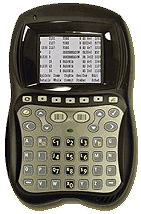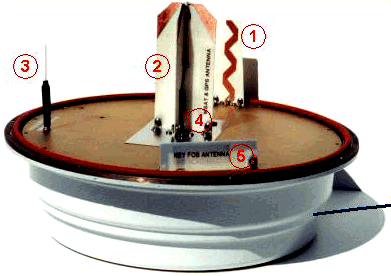Smart radios
Most of today's radio communication is regulated. A radio station must transmit on its licensed frequency and it must limit output power so as not to interfere with stations using the same frequency in an adjoining area.
As the cost of electronic devices falls, we will have low-cost radios that contain computers programmed to automatically pick the best link and protocol for communication. They will be able to measure interference around them and switch to unoccupied frequencies, adjust their power levels and aim the energy from their antennae.
Rather than remaining in fixed "lanes," they will be like ships at sea which spot others and move to avoid collisions.
These radios are foreshadowed by the Sears and UPS terminals shown here.
|
The UPS driver's pad can connect to a WiFi LAN, GPRS or CDMA cellular networks, the Global Positioning System, or a Bluetooth PAN.
|
 |
|
Sear's repair trucks have a communication pod on the roof.
Here we see the pod with its cover removed, showing antennae for connecting to (1) terrestrial and (2) satellite wireless networks, (3) WiFi LANs, (4) the global positioning system and (5) a wireless key fob storage device.
The circuit board with the radios and controller circuitry is shown below.
| 
 |


